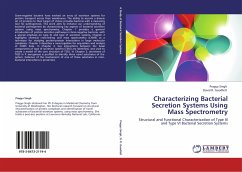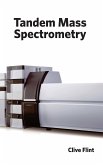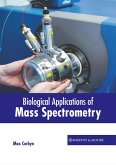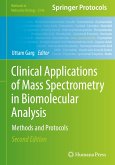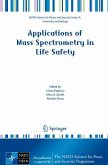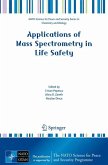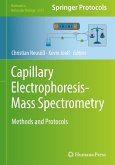Gram-negative bacteria have evolved an array of secretion systems for protein transport across their membranes. The ability to secrete a diverse set of proteins to their target of choice provides bacteria with a menacing tool for pathogenesis. This work aims to enhance our understanding of bacterial pathogenesis by characterizing key aspects of bacterial secretion systems using mass spectrometry. Chapter 1 provides a general introduction of protein secretion pathways in Gran-negative bacteria, with a special emphasis on type III and type VI secretion systems. Chapter 2 highlights chemical cross-linking and mass spectrometry (CXMS) as a technique for studying protein-protein interactions in large molecular complexes. Chapter 3 describes a novel pipeline for acquisition and analysis of CXMS data. In Chapter 4, key interactions between the basal components of type III secretion systems (T3SS) are identified, and used to create a model of the core structure of T3SS. In Chapter 5, secretome of T6SS in P. aeruginosa is profiled to identify three novel substrates of the system. Evidence of the involvement of one of these substrates in inter-bacterial interactions is presented.
Bitte wählen Sie Ihr Anliegen aus.
Rechnungen
Retourenschein anfordern
Bestellstatus
Storno

